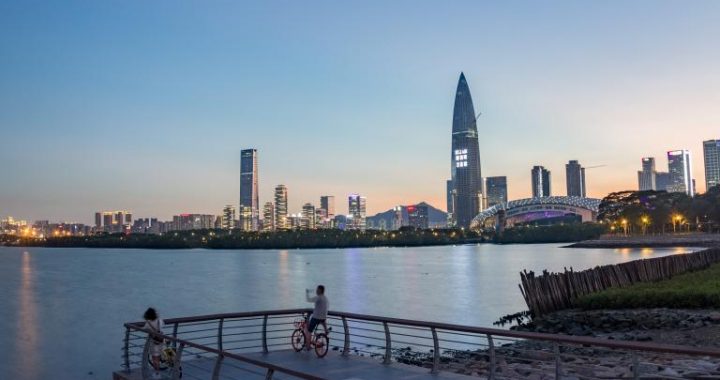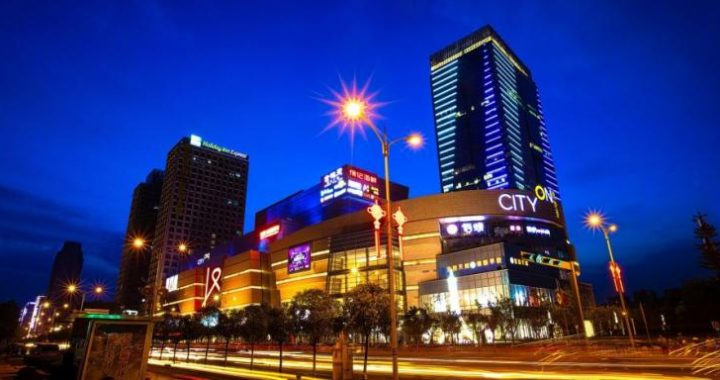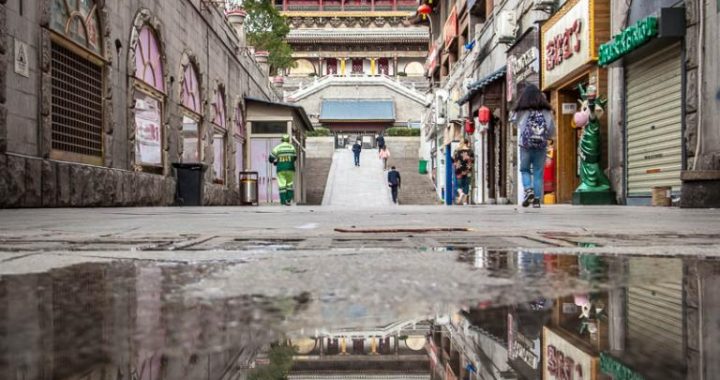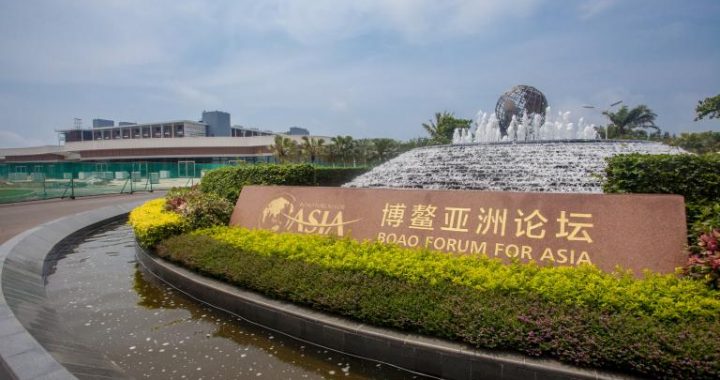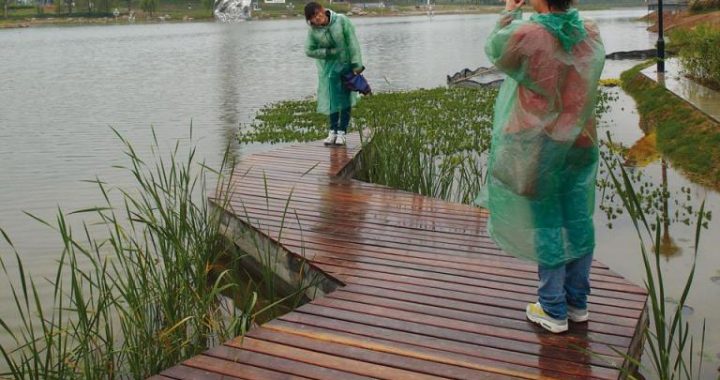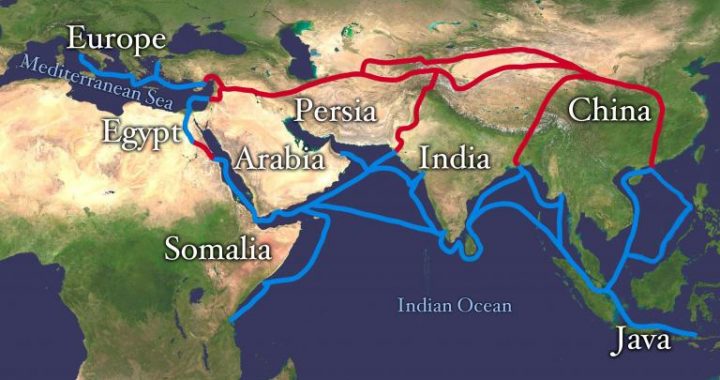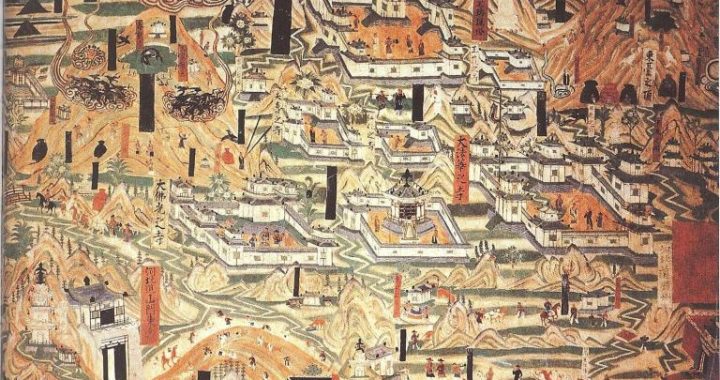Xi’an, the Museum City
2 min readHeritage: The Mausoleum of the First Qin Emperor Terracotta Warriors Xi’ an is a museum city dotted with the historic relics of past dynasties, from the today, as it did centuries ago as the starting point of the famed Silk Road.
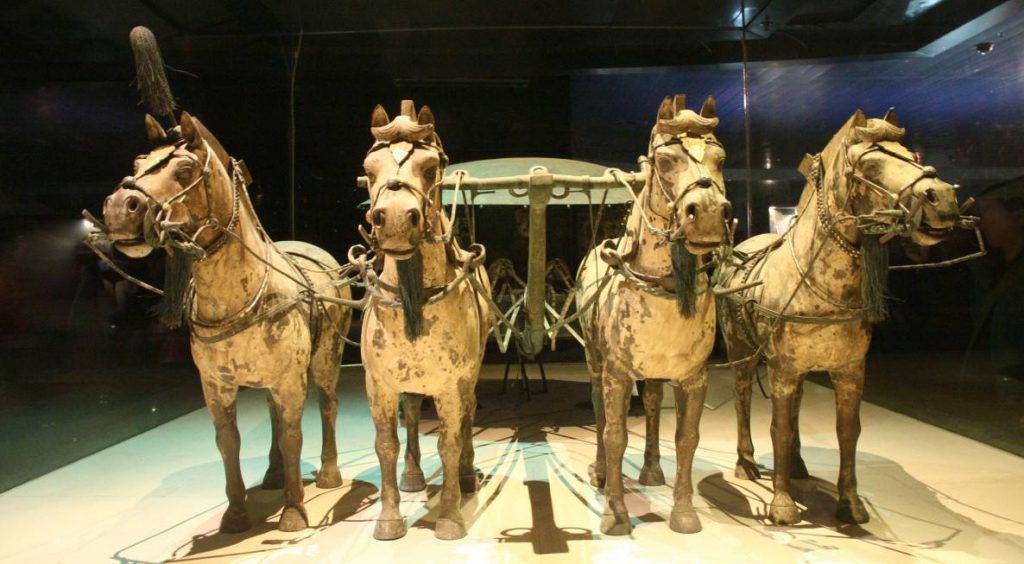
Xi’an, the capital of Shaanxi Province, has over 3, 000 years of recorded history, with human habitation present here as early as the Neolithic times, as discovered at the Banpo Village. Xi’an has been the capital of 12 dynasties, though it has been known as various names, most notably as Chang’ an. It was also the starting point of the Silk Road, where camels were loaded for their long and perilous journey to Central Asia. Xi’an’s links to Central Asia goes beyond trade as Islam continues to have an influence on the local flavor through the Muslim Hui minority.
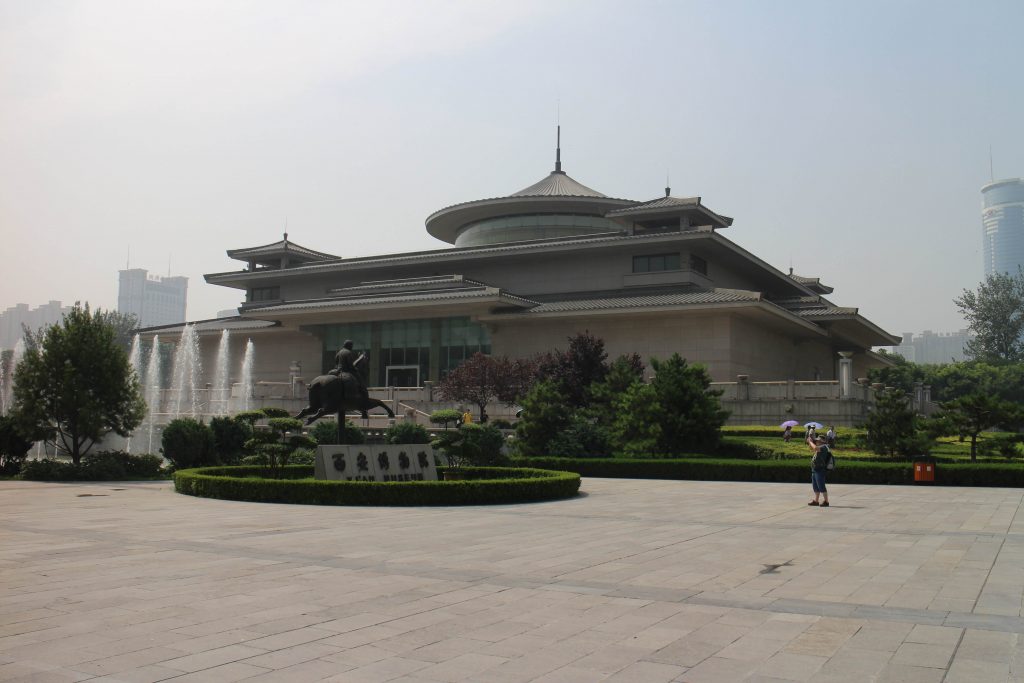
Dynasty after dynasty added their own mark to Xi’an, and the relics of old palaces,temples and tombs abound throughout the city and surrounding countryside. The tyrannical Qin dynasty emperor Qin Shihuang, with his capital at Xianyang, close to present day Xi’an, left his indelible mark through the famed Terracotta Warriors.
Part of a Tang dynasty painting of noblewomen tal:ing a trip in spring considered one of china’ s golden ages for its unma The Tang dynasty is considered one of China’s golden ages for its unmatched cultural achievements. Trade reached Central Asia and Europe, thousands of students from Japan and Chinese monks traveled to India to copy Buddhist sutras. At its zenith during the Ta dynasty, Xi’an was the world’s largest and most cosmopolitan city, stretching over 32.5 square miles (84.1 km2) and holding over one million residents.
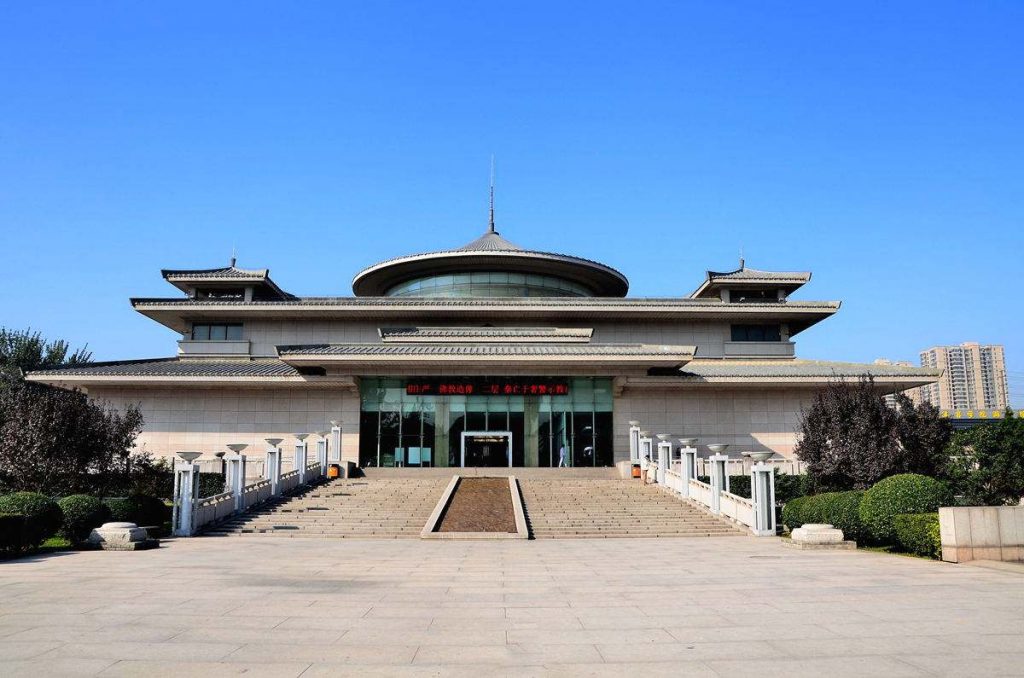
Though Xi’ an was large, it was not affected by the incomprehensible twisting and organized into a neat grid layout, highly symbolic in geomancy. Xi’an’s city layout would influence other cities such as Beijing and Kyoto.
With the influx of foreign traders and students, and the self-confidence of the powerful and cosmopolitan Tang dynasty Xi’an became not only a trading center but also a nexus of cultures, religions, artistic endeavor and learning.

Today the city’s charm lies in its historic atmosphere. There’s a palpable sense of are past glories, and vestiges of its history are ever present. One can easily imagine the sights and sounds of Xi’an at the height of its glory when wandering along the city walls or strolling through the old Muslim quarter.
Xi’an has recently become an important center for the central government’s drive to develop western China. A an economic center for the region, Xi’an is in a natural position for further development; aviation is already an important industry for the city.
